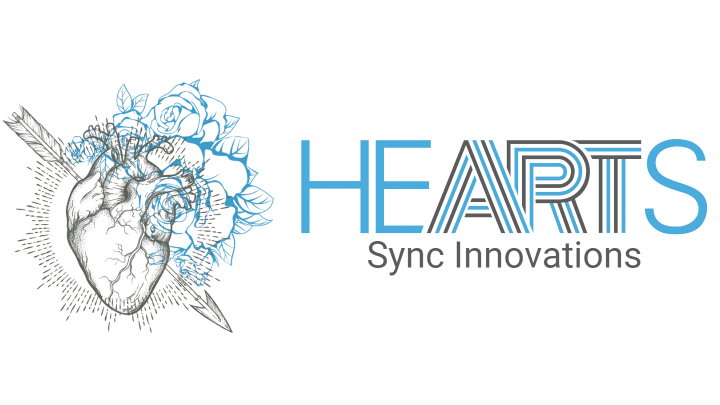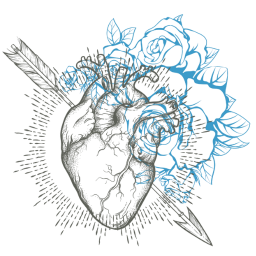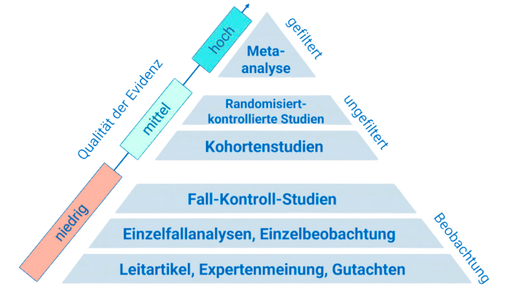"Thinking is the work of the mind," Albert Einstein used to say, and indeed, the genius scientist could hardly have guessed how much this thinking – our thoughts, perceptions, and attitudes – not only influences our mental health but can also activate processes in our physical body. In a world where we desperately long for healing and well-being, a surprising key reveals itself in the connection between mind and body, in the communication between our thoughts and our biological healing system.
The communication between mind and body is not a new concept, but science is only just the beginning to understand the depth and complexity of this connection. The idea that our mental attitude and psychological health can have a direct impact on our physical health stems from the integrative or holistic approach. This means that body, mind, and soul are in a dynamic balance and communicate with each other to promote or impair health. Mindfulness meditationa practice of consciously directing attention to the present moment and positive affirmations are two methods that can support and strengthen this communication.
The effects of a positive mental practice on physical health are substantial. Studies have shown that Mindfulnessthe focused attention on the present moment through practices like meditation can promote stress-related healing processes. This practice allows individuals to find inner peace and not reactively respond to stressors, ultimately resulting in less perceived pain and stress [1]. Humor and laughter are other remarkable means: they have the potential to bring about positive physiological changes and enhance overall well-being [2].
Some studies support the positive effects of these practices on health, such as research on mindfulness meditation. A study among anesthesiologists in a hospital indicated that MBSR-based interventions (Mindfulness-Based Stress Reduction) can increase resilience and reduce burnout symptoms, pointing to improved health status [3]. The sample size of 27 subjects and the longitudinal assessment over several months lend a certain reliability to the findings. Furthermore, research on visualization shows that this technique is cost-effective and without side effects while establishing a healing partnership between caregiver and patient [4]. Such studies, although some have limitations due to small size or specific conditions, underscore the potential significance of such interventions.
To support the communication between mind and body and thus promote healing, regular routines could be beneficial. A daily practice of mindfulness meditation may help alleviate stress and enhance well-being [1]. Similarly, listening to positive affirmations daily could be useful in supporting the body's recovery processes [5]. Visualization techniques can also serve as powerful tools to stimulate the biological healing process [4]. Finally, one should not underestimate laughter: incorporating humor into daily routines could significantly enhance well-being [2].
In summary, the communication between our thoughts and our body plays a significant role in our healing process. By integrating positive mental practices such as mindfulness, affirmations, and humor into our daily lives, we can comprehensively support our health. Why not start today with a few minutes of meditation or a hearty laugh?
This health article was created with AI support and is intended to help people access current scientific health knowledge. It contributes to the democratization of science – however, it does not replace professional medical advice and may present individual details in a simplified or slightly inaccurate manner due to AI-generated content. HEARTPORT and its affiliates assume no liability for the accuracy, completeness, or applicability of the information provided.














